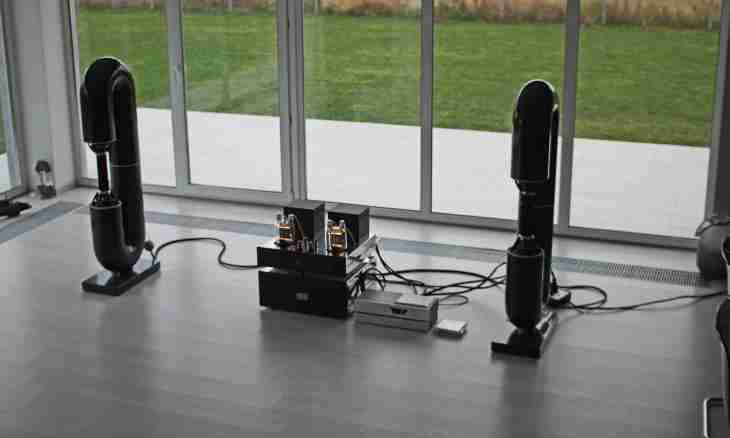The sound in habitual understanding represents the elastic waves extending in the firm, liquid and gaseous environment. Usual air, the speed of distribution of waves in most of which often and is understood as acoustic speed, also concerns the last, in particular.
Sound and its distribution
The first attempts to understand the nature of emergence of a sound were made more than two thousand years ago. In works of Ancient Greek scientists Tolomeo and Aristotle the right assumptions that the sound is generated by fluctuations of a body become. Moreover, Aristotle claimed that acoustic speed is a measurable and final quantity. Of course, in Ancient Greece there were no technical capabilities for some exact measurements therefore acoustic speed rather precisely was measured only in the seventeenth century. The comparison method between time of detection of flash from a shot and time through which the observer was reached by a sound was for this purpose used. As a result of numerous experiments the scientists came to a conclusion that the sound extends in air with a speed from 350 to 400 meters per second.
Researchers also found out that the value of speed of distribution of sound waves in any given environment directly depends on density and temperature of this Wednesday. So, the razrezhenny air, the more slowly on it moves a sound. Besides, the acoustic speed of subjects is higher, than environment temperature is higher. Today it is considered to be that the speed of distribution of sound waves in air under normal conditions (at sea level at a temperature 0ºС) equals to 331 meter per second.
Move number
In real life the acoustic speed is significant parameter in aircraft, however at those heights where planes usually fly, characteristics of the environment strongly differ from normal. For this reason in aircraft the universal concept which is called Makh's number called in honor of the Austrian physicist Ernst Makh is used. This number represents the object speed divided into local acoustic speed. It is obvious that the acoustic speed in the environment with concrete parameters is less, the more there will be Makh's number even if the speed of the object will not change. Practical application of this number is connected with the fact that the movement at a speed which is higher than acoustic speed significantly differs from movement at subsonic speeds. Generally it is connected with change of aerodynamics of the plane, deterioration in its controllability, heating of the case and also with a resistance of waves. These effects are observed only when Makh's number exceeds unit, that is, an object breaks a sound barrier. At the moment there are formulas which allow to calculate acoustic speed at any given parameters of air, and, therefore, to calculate Makh's number for different conditions.
